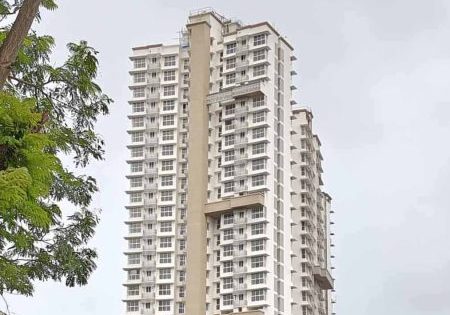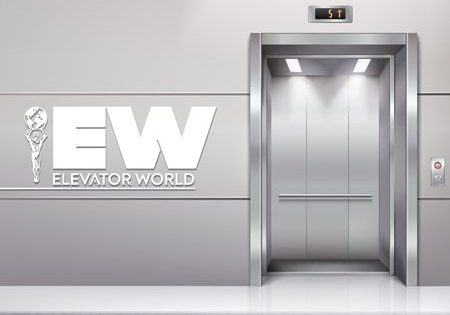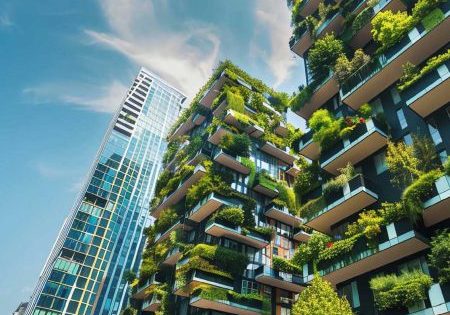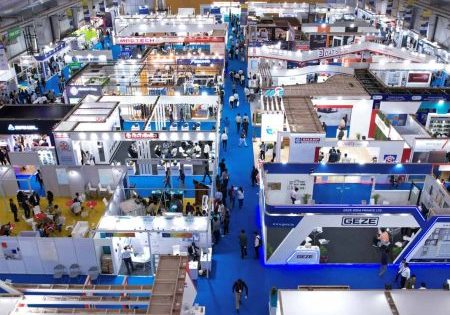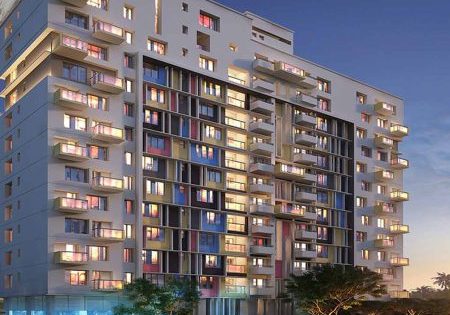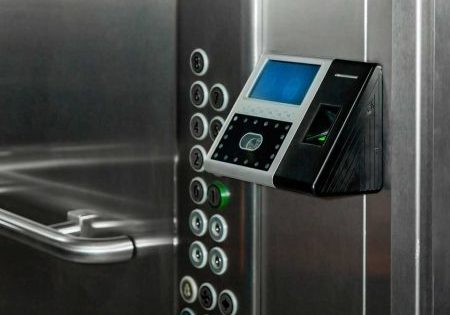Decade-old thermal challenge in metro and airport elevators solved.
by Swaminathan Ramakrishnan
A Decade-Old Challenge Finally Solved – the “BOWING” of Elevator Door Panels
India’s rapidly expanding infrastructure landscape has witnessed remarkable growth in airports, metro railways and mass rapid transit systems (MRTS). However, beneath the gleaming façades of these modern marvels lies a persistent technical challenge that has plagued elevator installations for nearly a decade: thermal deformation of stainless-steel elevator doors.
The Hidden Problem in Plain Sight and the Science Behind the Challenge
Thermodynamic expansion and contraction of stainless steel is a fundamental physical phenomenon that occurs when metals are subjected to temperature variations. As a critical component in modern elevator systems, stainless-steel doors are particularly vulnerable to this natural behavior.
The relationship between ambient temperature and metal surface temperature creates a compounding effect. Consider this: On a typical Indian day with an ambient temperature of 39°C, a car’s metal bonnet registers significantly higher surface temperatures due to heat absorption and solar radiation. This same principle applies to elevator door panels and frames made of stainless steel.
Metal surfaces consistently maintaining temperatures 15-20°C higher than ambient conditions, and in direct sunlight, this differential can reach even greater extremes. When infrastructure specifications call for elevator doors to operate flawlessly in ambient temperatures ranging from 2°C to 50°C, the actual surface temperatures can soar well beyond these parameters.
Real-World Consequences
- The consequences have been severe across India’s infrastructure landscape:
- Structural Issues: Door panels bowing 4-6 mm at the center, creating visible distortion
- Operational Failures: Scratching, jamming and complete elevator shutdowns during peak temperatures
- Variable Problems: Different deformation levels throughout the day as temperatures fluctuate
- Failed Solutions: Stop-gap measures like door shades proved ineffective while adding massive costs.
- Metro stations and airports across the country have reported these issues, with some installations experiencing daily operational interruptions during peak summer months.
Engineering Excellence: The Wittur Innovation
Recognizing that traditional approaches were insufficient, the R&D team at Wittur India embarked on a comprehensive engineering initiative to address this challenge at its core. Rather than fighting against the laws of physics, they developed a solution that works with thermodynamic principles.
The Breakthrough: Wittur Hydra Doors
The engineering team achieved a design innovation that fundamentally reimagines how elevator doors handle thermal expansion. The solution factors thermodynamic expansion of stainless steel directly into the door mechanism, ensuring that natural material behavior is accommodated rather than resisted.
Key Innovation Features:
- Predictive thermal behavior integration
- Controlled deformation parameters
- Performance maintenance across extreme temperature ranges
- Architectural integrity preservation
Industry-Leading Performance Standards
Wittur Hydra Doors have undergone rigorous testing and certification, establishing new benchmarks for elevator door performance:
Certified Operating Parameters:
- Ambient temperature range: 2°C to 50°C
- Metal surface temperature variation: Up to 70°C
- The bowing of door panels has been reduced to <2 mm, eliminating scratching and operational stoppages
- Full compliance contingent on proper installation per project guidelines
This represents a quantum leap in elevator door technology, addressing not just the symptoms but the root cause of thermal-related performance issues.
Advancing Innovation Through Intellectual Property
In recognition of the uniqueness and engineering depth of this solution, Wittur India has applied for a patent. This patent application underscores the originality of the Wittur Door’s design, which directly addresses the core thermodynamic behavior of stainless steel in high-temperature environments. By anticipating and controlling expansion rather than resisting it, the patented concept ensures performance stability even under harsh sunlight exposure — a reality for metro, airport and other infrastructure elevator installations across India.
This move not only protects Wittur’s innovation but also reinforces its position as a pioneer in climate-adaptive elevator technology.
Impact on India’s Infrastructure Future
This innovation arrives at a critical juncture for India’s infrastructure development. With ambitious projects in smart cities, metro expansions and airport modernizations on the horizon, having elevator systems that can reliably operate in India’s challenging climate conditions is essential.
Benefits for Stakeholders:
- For Infrastructure Developers: Reduced maintenance costs, eliminated operational disruptions and preserved architectural vision without compromise
- For Facility Operators: Consistent performance throughout daily temperature cycles, reduced emergency maintenance calls and improved passenger experience
- For the Industry: A new standard for thermal performance that other manufacturers will need to match, driving overall industry advancement
Leading Innovation in VT
Wittur’s commitment to solving real-world problems through engineering excellence has once again resulted in an industry-first achievement. Wittur India continues to push the boundaries of elevator technology, combining global expertise with local insights to deliver solutions that address India’s unique infrastructure challenges. Wittur India’s Hydra Door innovation has not only resolved a decade-old thermal deformation challenge but has also set a new industry benchmark by reducing bowing to less than 2 mm — even under extreme surface temperatures. This breakthrough demonstrates how smart engineering, grounded in thermodynamic principles, can overcome one of the most persistent challenges in infrastructure design. With proven resilience across a broad temperature spectrum (0°C to 50°C ambient), this solution is tailor-made for India’s rapidly growing and climate-exposed transit environments like metro stations and airports. It’s not just a fix — it’s a foundation for the future of vertical transportation (VT) in India.
Get more of Elevator World. Sign up for our free e-newsletter.


